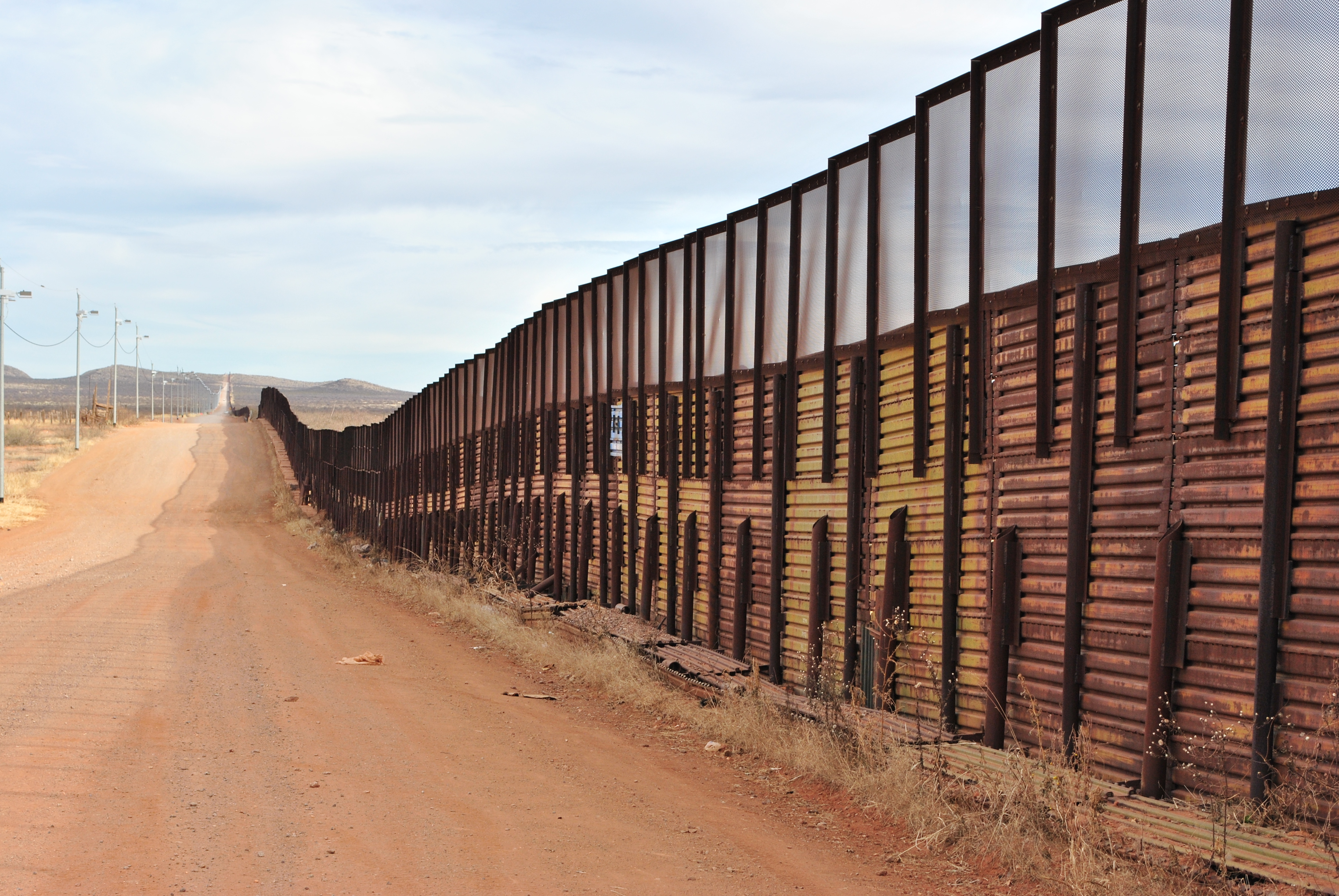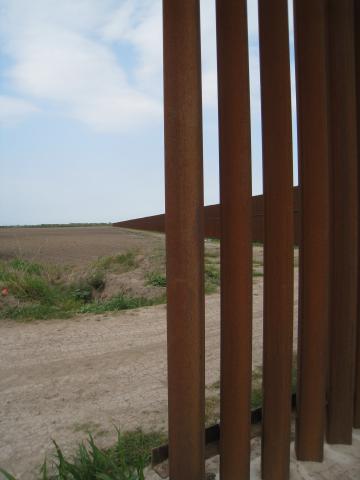Increase in Border Wall Construction Waivers Causes Concern Among Conservationists
- The following is the opinion and analysis of the writer.
- Use of this article or any portions thereof requires written permission of the author.
7464337682_148acaaf74_o.jpg

Since President Trump signed Executive Order 13767 “Border Security and Immigration Enforcement Improvements” on January 25, 2017, the Department of Homeland Security (DHS) has used a waiver provision six times to bypass dozens of federal environmental and historical preservation laws to build and repair barriers along the United States’ southern border. The increased use of the waiver has worried conservationists and environmentalists who fear the destruction of habitat for endangered species along the border as well as other impacts.
Congress created the waiver authority in 1996 as part of the Illegal Immigration Reform and Immigrant Responsibility Act (IIRIRA). IIRIRA allows DHS to bypass the Endangered Species Act, Clean Water Act, Clean Air Act, National Environmental Policy Act, and many other regulations that DHS would be forced to consider for any public works project. The law was expanded by Congress in 2005 under the REAL ID Act to give DHS the authority to waive all legal requirements that could stand in the way of border construction. Specifically, § 102(c) of the Act states, the Secretary of DHS can waive “all legal requirements” when to do so is “necessary to ensure expeditious border construction.” It is in the Secretary’s sole discretion to determine when it is necessary to use the waiver. DHS does not have to support its determination that a waiver is necessary with evidence, and its determinations are shielded from judicial review.
To claim a waiver, DHS must publish a notice in the Federal Register that states all the laws that will be waived. The waiver provision of IIRIRA also contains a consultation provision that requires DHS to consult with stakeholders on the impacts of the fencing “to minimize the impact on the environment, culture, commerce, and quality of life for the communities and residents located near the sites at which such fencing is to be constructed.” However, there is no statutory mechanism for enforcing the consultation provision even though it is part of the law. Just because there is no enforcement mechanism for the consultation provision does not mean that DHS does not consult with stakeholders or environmental groups when it is building border barriers; it simply means that there is no way to force DHS to do so. DHS has worked with other agencies in the past to go through a NEPA-like process even though it was not required because they had already obtained a waiver.
So far, the waiver has been used six times by the Trump Administration. The first waiver was issued in August of 2017 and the most recent waiver was issued in February 2019. The waiver was used five times by the Bush Administration between 2001 and 2008, and was never used by the Obama Administration or the Clinton Administration.
The first waiver that was issued in August 2017 for fencing near San Diego led to a lawsuit by The Center for Biological Diversity and other conservation organizations. The organizations alleged that the waiver was outside the scope of authority granted to the Secretary of DHS under § 102(c) of IIRIRA, and said that the waiver was only meant to apply to specific border projects that has already been completed. Additionally, the organizations argued that interpreting § 102(c) to grant such broad and unbound authority to DHS would be a violation of separation of powers, the non-delegation doctrine, the Presentment Clause, and the Take Care Clause. In February 2018, a District Court Judge granted DHS’ Motion for Summary Judgment on all claims related to the waiver. Because § 102(c)(2)(C) of IIRIRA forecloses the ability of plaintiffs to seek appellate court review of district court decisions about the constitutionality of the provision, the Plaintiff organizations petitioned the Supreme Court to hear the case, but their petition was denied in December 2018.
In February 2019, the Ninth Circuit affirmed another district court ruling that held that DHS had the legal authority to repaid and replace border fencing and barriers along the border in southern California without following environmental laws. In this case, DHS was sued by The Sierra Club and California’s Attorney General joined the suit. The ruling in this case only affects DHS actions related to repairing or improving existing border fencing and does not play any role in Trump’s proposals for a wall or the legality of declaring a national emergency.
Another coalition of environmental groups are challenging the issuance of a waiver in October 2018 where DHS waived 28 environmental laws and authorized the construction of a steel and concrete barrier across eighteen miles of Hidalgo County, Texas. The barriers in this case would cut through various protected areas, including the National Butterfly Center. This suit is ongoing in the D.C. district court.

The use of the waivers to avoid evaluation under environmental laws and circumvent public comment has caused a lot of concern among environmentalists. The southern border is the home of 1,506 native species, 62 of which are listed as critically endangered under the Endangered Species Act. An increase in border barriers would increase habitat fragmentation and threatens species that rely on the ability to migrate across the border for food and water. These border barriers also disrupt the natural flow of water because they act as dams during floods instead of allowing the water to naturally run into washes. The border barriers also impact the ability of wildlife to escape natural disasters such as floods, wildfires, and heat waves.
Advocates for the waiver provision say that it is necessary for border security, which should come above all other considerations. They also contend that DHS uses the waivers to speed up the construction process, but they still consider environmental and other factors when deciding where to build border barriers.
Wildlife is not the only concern of an increase in border barriers. Communities along the border also feel the impacts of the change in the natural landscape. In the summer of 2008, a monsoon flash flood devastated the communities of Nogales, AZ and Nogales, Mexico. While a typical amount of rain fell for a monsoon storm (about 2 inches), the border wall acted as dam, causing the water to flow into the cities rather than into the natural waterways. Mexico’s Nogales was hit especially hard by the storm because DHS had blocked a storm run-off channel with one of its barriers. The floods caused $8 million in damage and it took months to repair.
Concerns with and challenges to the waiver will likely continue into the future, and more litigation may be filed soon concerning President Trump’s declaration of a national emergency at the border. However, based on the court’s treatment thus far, these challenges to the waiver are unlikely to be successful. On March 13, 2019, the House Homeland Security Committee split along party lines and voted 17-12 to rescind the Executive Branch’s ability to unilaterally waive environmental laws for constructing border walls. The move is more of a statement than anything else, as the idea is unlikely to gain traction in the Republican-controlled Senate.

